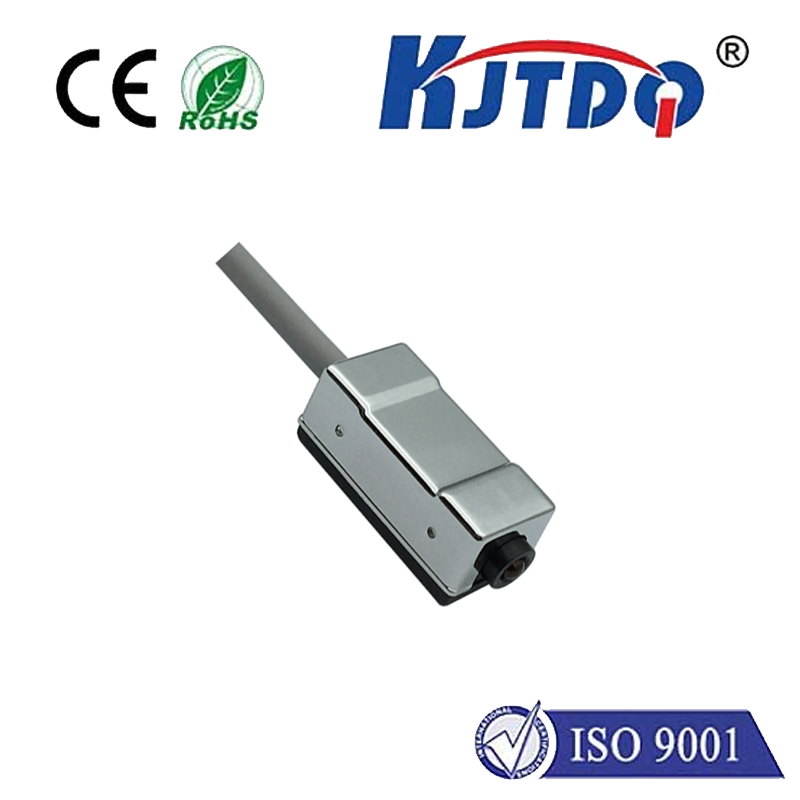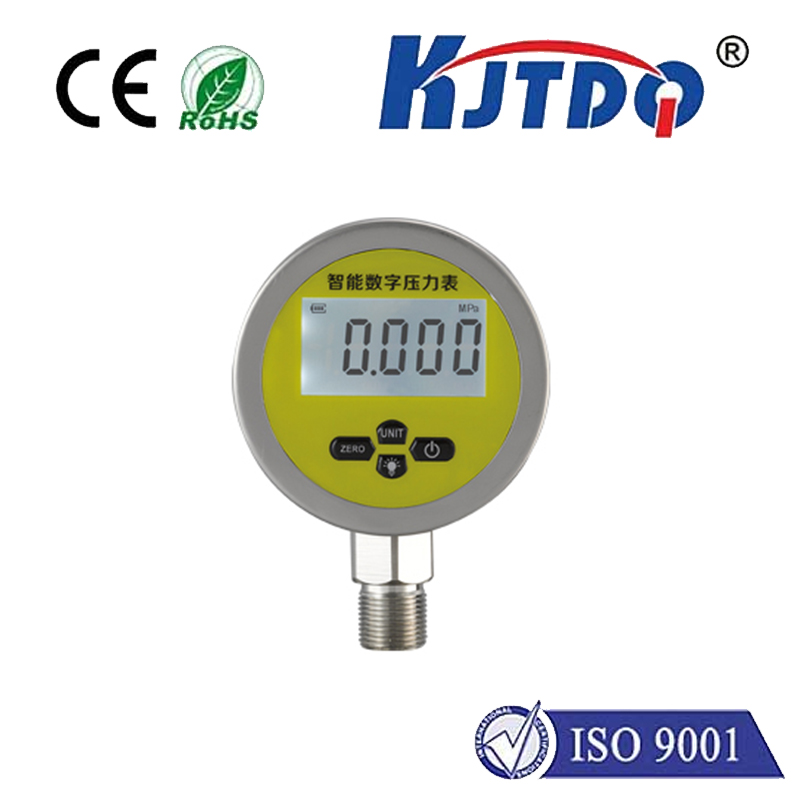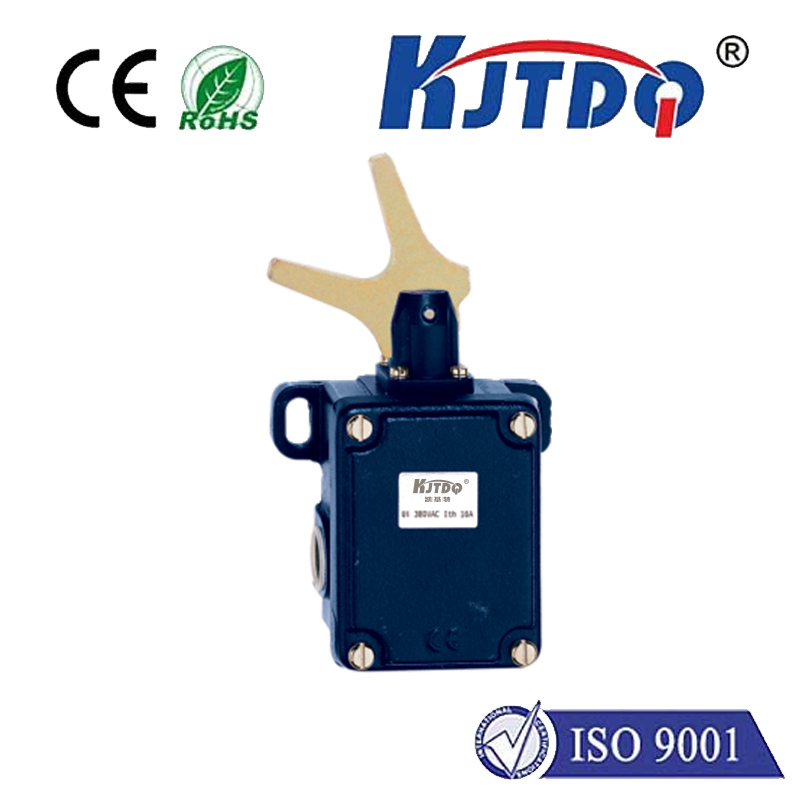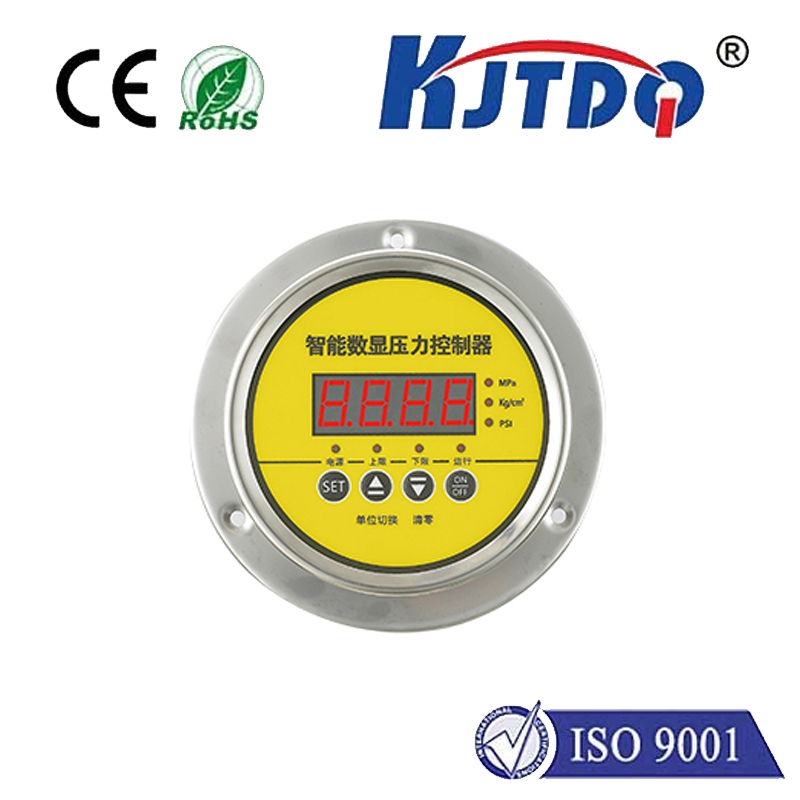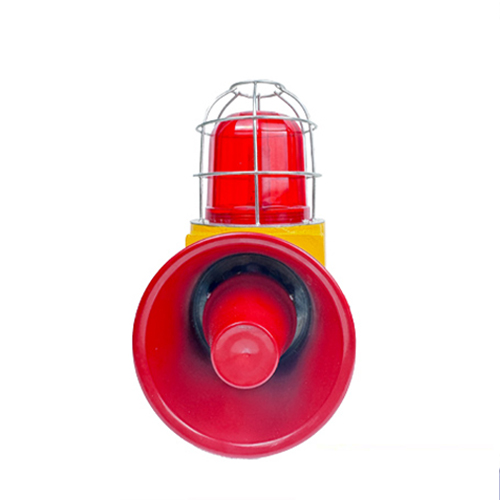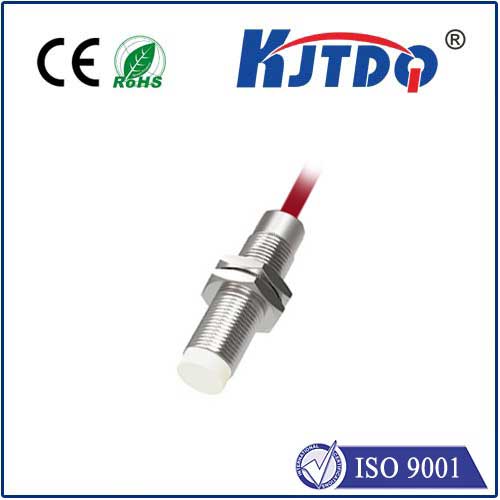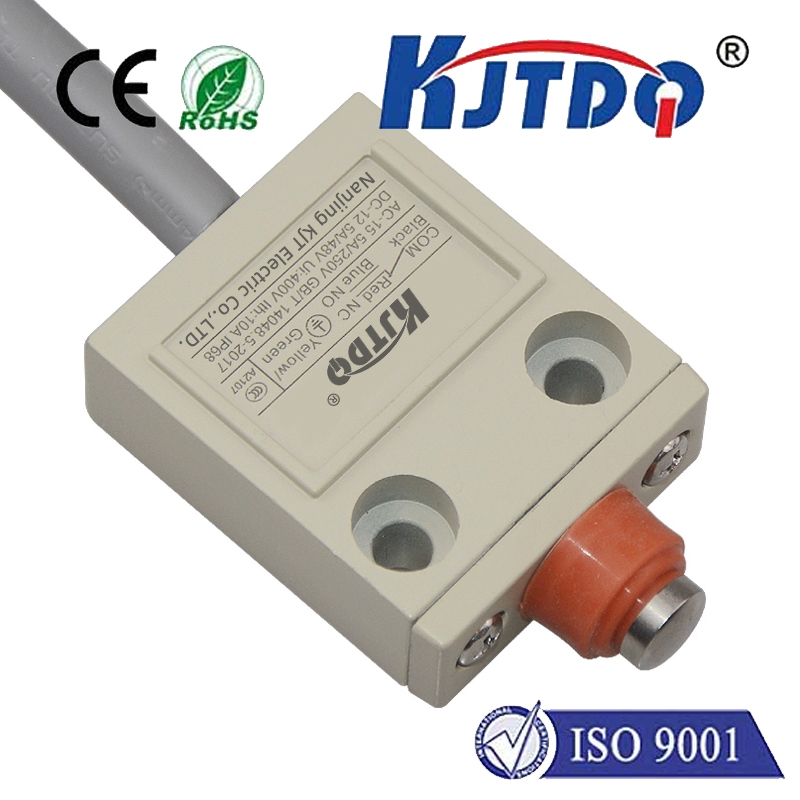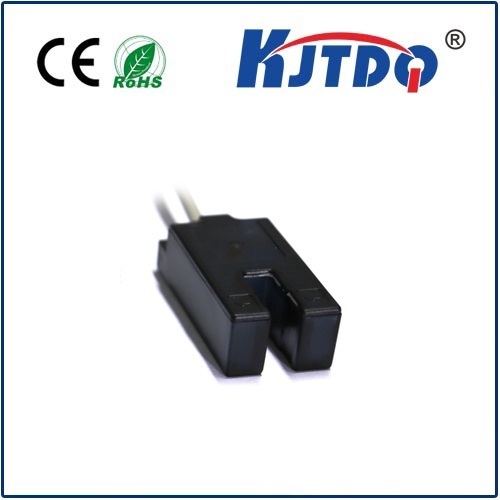kty temperature sensor
- time:2025-08-22 02:58:58
- Click:0
The Essential Guide to KTY Temperature Sensors: Precision & Reliability Simplified
Accurately monitoring temperature is fundamental across countless modern applications, from ensuring your car’s engine runs optimally to guaranteeing the safe charging of your smartphone battery. Choosing the right sensor can mean the difference between seamless operation and unexpected downtime. Enter the KTY temperature sensor – a robust, cost-effective solution striking an impressive balance between accuracy, reliability, and ease of use. This guide delves into the world of KTY sensors, exploring their workings, key advantages, common applications, and critical selection factors.
What Exactly is a KTY Temperature Sensor?
KTY is a family designation for silicon-based temperature sensors developed initially by Philips (now NXP Semiconductors) and widely produced by other manufacturers like Infineon Technologies. Unlike thermocouples (generating voltage) or RTDs (relying on pure metal resistance changes), KTY sensors operate on the principle of the temperature-dependent resistance change of doped silicon. This silicon resistor design grants them unique characteristics.
How Do KTY Sensors Work?

At the heart of a KTY sensor is a precisely doped silicon chip. As temperature increases, the number of charge carriers (electrons and holes) in the silicon rises dramatically. This increased carrier concentration leads to a significant decrease in electrical resistance. Crucially, the resistance-temperature relationship is inherently linear over a wide operational range, typically spanning from -50°C to +150°C, with some variants extending higher. This linearity simplifies the signal conditioning (converting resistance change to a usable voltage or digital signal) compared to sensors like NTC thermistors, which exhibit highly non-linear behavior.
Key Advantages Driving KTY Sensor Popularity
Several distinct benefits have cemented the KTY sensor’s place in demanding environments:
- Excellent Linearity: As mentioned, the near-linear R-T curve dramatically eases circuit design and calibration. This reduces complexity and cost compared to compensating for the exponential curves of NTCs.
- Robustness & Reliability: Built on silicon technology, KTY sensors boast impressive mechanical stability and resistance to shock and vibration. They are also inherently immune to moisture-related failures common in some sensor types.
- High Accuracy & Stability: KTY sensors offer high accuracy, often within ±0.5°C or better in their optimized temperature range. Furthermore, they exhibit excellent long-term stability, meaning their calibration drifts very little over years of operation.
- Cost-Effectiveness: Leveraging mature silicon fabrication processes, KTY sensors provide a very attractive price-to-performance ratio, especially for applications requiring decent accuracy and robustness without needing extreme temperature ranges.
- Wide Operating Range: Covering typically -50°C to +150°C (+200°C or more for specific types like KTY83/84, KTY85), this range is highly suitable for automotive, industrial, and consumer electronics.
- Relatively High Output Signal: The resistance change per degree Celsius (TCR) is significant, resulting in a stronger, easier-to-measure signal than RTDs at comparable temperatures, reducing amplification needs.
Where You’ll Find KTY Sensors Hard at Work
The blend of robustness, linearity, and cost makes KTY temperature sensors ideal for numerous demanding applications:
- Automotive: Engine coolant monitoring, intake air temperature sensing, oil temperature, transmission fluid temperature, battery management system (BMS) temperature monitoring in electric/hybrid vehicles, exterior temperature sensing, and even within ABS wheel speed sensors.
- Industrial Automation: Motor and bearing temperature monitoring, control cabinet temperature sensing, power supply unit protection, process control loops.
- Consumer & Home Appliances: Temperature control in washing machines, dishwashers, ovens, coffee makers, HVAC systems (air handling units, fan coils), power tools.
- Power Electronics: Temperature monitoring and thermal protection for inverters, converters, power supplies, transformers, and IGBT modules.
- Renewable Energy Systems: Battery temperature monitoring in solar/wind storage systems.
- Medical Devices: Temperature sensing within certain diagnostic or therapeutic equipment (where range and robustness requirements align).
Comparing KTY to Common Alternatives
Understanding where KTY sensors excel helps in selection:
- KTY vs. Thermocouples:
- KTY Advantages: Higher output signal, better accuracy/stability (especially at moderate temps), lower sensitivity to electromagnetic interference (EMI), no cold junction compensation needed, simpler signal conditioning.
- Thermocouple Advantages: Much wider temperature ranges (up to 1000s of °C), potentially smaller form factors, generally faster response time.
- KTY vs. RTDs (Pt100/Pt1000):
- KTY Advantages: Higher resistance change per degree (TCR), meaning a stronger signal; significantly more robust mechanically; generally lower cost; wider nominal resistance tolerance options; simpler circuitry due to better linearity.
- RTD Advantages: Higher absolute accuracy possible at calibrated points; broader international standardization; potentially wider temperature range for specific types; slightly better long-term stability in lab-grade versions. KTY sensors often match or exceed standard industrial RTD accuracy over their shared range.
- KTY vs. NTC Thermistors:
- KTY Advantages: Inherently linear output simplifies circuits; superior long-term stability; wider operating temperature range for many types; higher maximum temperature ratings; less prone to self-heating errors due to lower resistance.
- NTC Advantages: Extremely high sensitivity (large resistance change per °C) near room temperature; potentially very low cost for basic types; faster response time possible with tiny beads. KTY is often preferred where stability and linearity are critical over just high sensitivity.
Table: KTY vs. Common Sensor Types at a Glance
| Feature |
KTY Sensor |
NTC Thermistor |
RTD (Pt100) |
Thermocouple (Type K) |
| Principle |
Silicon Resistor |
Ceramic Resistor |
Metal Resistor |
Thermoelectric |
| Linearity |
Excellent |
Poor |
Good |
Moderate |
| Temp Range |
-50°C to +150/200°C |
-50°C to +150°C |
-200°C to +600°C |
-200°C to +1250°C |
| Accuracy |
High (±0.5°C+) |
Moderate/High |
Very High |
Moderate |
| Long-Term Stability |
Excellent |
Moderate/Poor |
Excellent |
Good |
| Robustness |
High |
Moderate |
Low/Moderate |
High |
| Output Signal |
Moderate/High |
Very High |
Low |
Very Low |
| Cost |
Low/Moderate |
Very Low |
Moderate/High |
Low/Moderate |
| Circuit Complexity |
Low |






